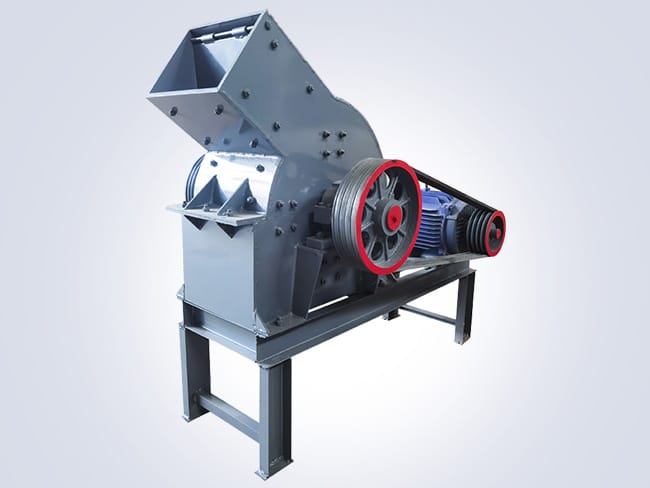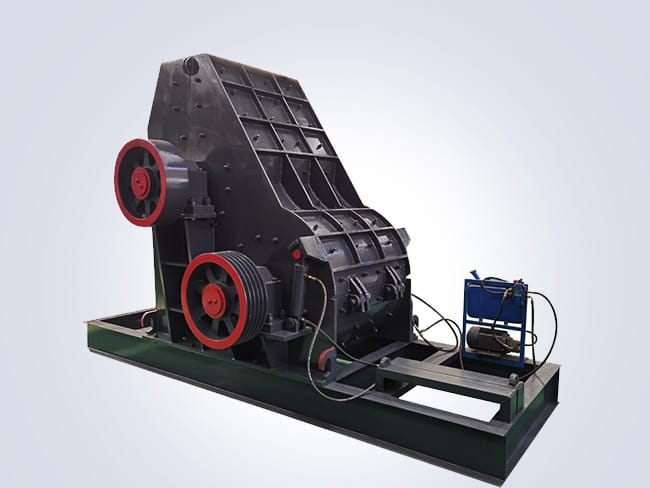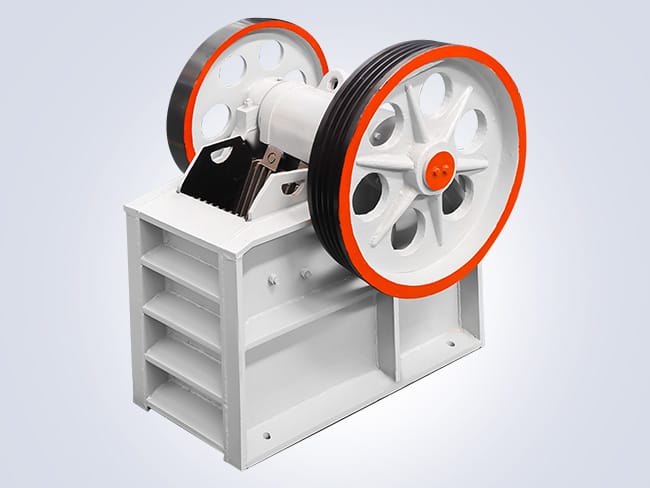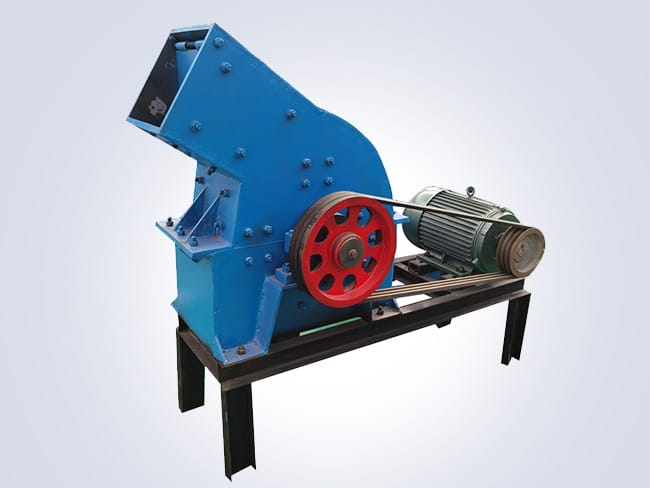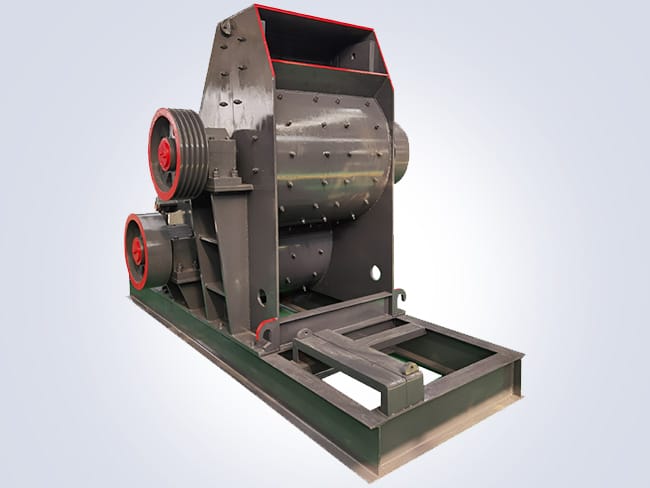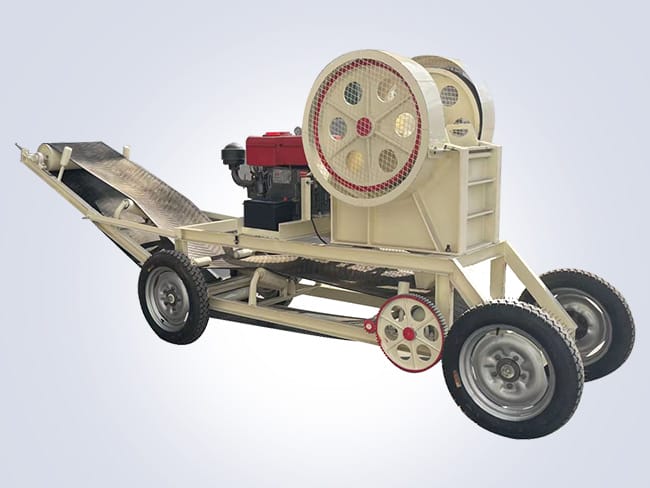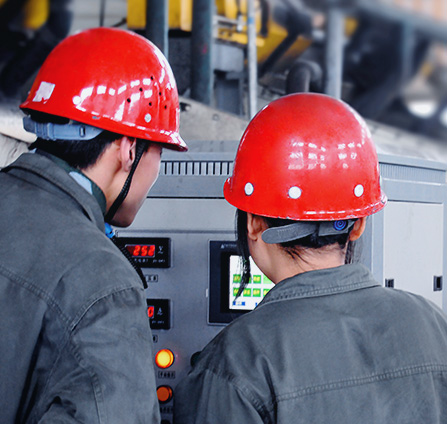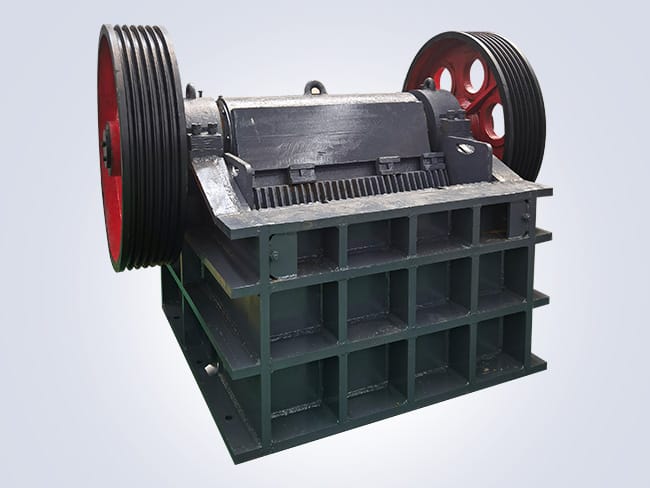
The jaw crusher, as one of the most common primary crushing equipment in industries like mining. And construction, is renowned for its simple structure, reliable operation, and ease of maintenance. It is mainly used to process large blocks of hard or semi-hard materials. Such as ores and rocks, and holds a crucial position in sand and gravel production lines.
Unique Performance Advantages of the Jaw Crusher
The jaw crusher primarily consists of a fixed jaw plate, a movable jaw plate. An eccentric shaft, a tension rod spring, and an adjustment device. Its working principle mimics the chewing action of an animal’s jaws. The motor drives the eccentric shaft to rotate. Causing the movable jaw plate to perform a periodic reciprocating motion relative to the fixed jaw plate. When the movable jaw plate approaches the fixed jaw plate (during the closing phase). The material between them is compressed and crushed. Conversely, when the movable jaw plate moves away from the fixed jaw plate (during the opening phase), the crushed material of a certain size is discharged through the lower outlet.
To meet the needs of different application scenarios, there are various models and specifications of jaw crushers available on the market. The discharge opening size can be adjusted through the adjustment device to control the output particle size. Additionally, with advancements in technology, modern jaw crushers not only improve efficiency but also focus more on energy saving and environmental protection. For instance, features like low-noise design and optimized internal structures to reduce dust pollution make it an ideal choice for both high efficiency and environmental sustainability. In conclusion, with its unique performance advantages, this equipment plays an important role in many fields.




